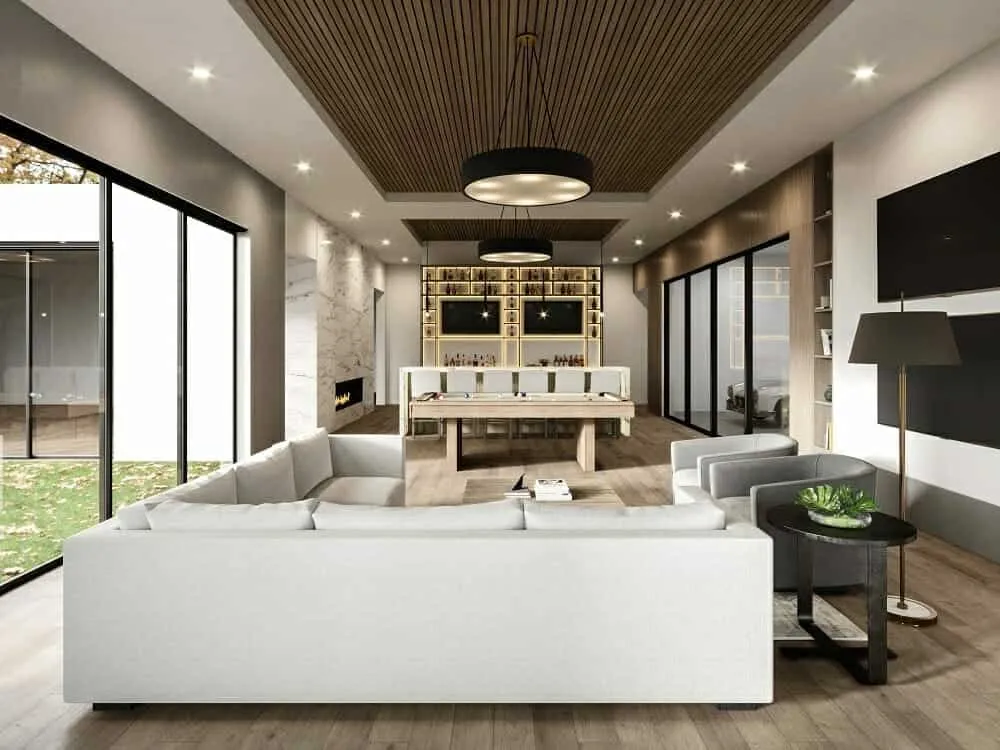There can be your advertisement
300x150
5 Critical Considerations When Designing and Constructing a Hospital
Hospital design and construction is extremely complex and requires careful planning and consultation with multiple experts. Consider the unique needs of patients, staff, and visitors, as well as safety requirements. Technological progress also presents a serious challenge since the healthcare world is rapidly evolving. Here are five key architectural tips for medical facilities to consider.

Efficiency
Efficiency affects overall performance and directly impacts patient treatment outcomes. An efficient design facilitates smoother workflows and reduces unnecessary movement of patients and medical staff. This significantly decreases fatigue, boosts morale, and helps prevent accidents.
Regarding operational activities, an efficient hospital responds quickly to emergencies, reduces wait times, and improves bed management. It optimizes the patient admission, treatment, and discharge processes while minimizing operational costs, allowing better resource management.
Comfort and Privacy
Patient comfort is a key factor. This includes not only the physical design of the environment but also how it supports healthcare delivery. Minimize disruption to adjacent areas during treatment or services. For example, you can create a closed space within the main clinical area to provide patients with a quiet and peaceful setting.
Design sensitive areas such as patient rooms to maximize privacy. Remember that open spaces offer greater visibility. Ensure staff can monitor patients without compromising their comfort or privacy. Choose the right balance of colors and lighting, as these influence patients' emotional state.
Infection Control
Consult and then implement recommendations from regulatory bodies such as the Centers for Disease Control and Prevention (CDC). This ensures minimal spread of infectious diseases among staff or patients. Cleanliness plays a key role in maintaining low infection rates. Provide easy access to areas that require frequent cleaning, such as operating rooms and patient examination rooms, as well as restrooms. Ensure optimal hand hygiene conditions. This is one of the most effective ways to stop infection spread.
Safety and Accessibility
The structural design must comply with building codes and regulations to prevent damage from fire, smoke, water, or other hazards. Can patients independently reach parts of the hospital such as entrances or medical departments? If not, include assistive devices like handrails and ramps. Create safe and fast pathways for patient movement. Ensure the facility is equipped with fire safety systems such as alarms, smoke detectors, and fire indicators.
Apply appropriate security measures such as biometric authentication systems, video surveillance, or other access control technologies. Clearly mark emergency exits and check their functionality. Additionally, consider having a backup power source to ensure uninterrupted operation of essential medical equipment during power outages.
Comfort and Ergonomics
Provide comfort and productivity for medical staff by creating a workspace that meets their needs. Reduce noise levels and clutter, create enough space for movement, collaboration, rest, and relaxation. Adequate lighting, ergonomic workstations, and comfortable chairs improve the patient experience.
Include natural elements such as plants and light fixtures to create a calm atmosphere. Other options include sound-absorbing materials like carpets, drapes, and partitions. Improve air quality by installing ventilation systems.
Create a workspace that meets current needs but also adapts to future changes in healthcare delivery models. Consider patient needs and solicit feedback from medical staff. The final result should be a balanced combination of aesthetics, functionality, technology, and ergonomics that meets the needs of all stakeholders and delivers positive outcomes.
More articles:
 4 Ecological Ideas for Building a Home to Take Inspiration From
4 Ecological Ideas for Building a Home to Take Inspiration From 4 Essential Elements of Protection for Every Hobby Builder
4 Essential Elements of Protection for Every Hobby Builder 4 Expert Tips for Decorating Your Home for Winter
4 Expert Tips for Decorating Your Home for Winter 4 Factors for Creating a Focal Point in Interior Design
4 Factors for Creating a Focal Point in Interior Design 4 Facts You Should Know About Home Warranty
4 Facts You Should Know About Home Warranty 4 Signs of a Home to Consider When You Love Hosting Guests
4 Signs of a Home to Consider When You Love Hosting Guests 4 Ideas for Using a Decorative Bench
4 Ideas for Using a Decorative Bench 4 Washing Machines for Inspiration
4 Washing Machines for Inspiration